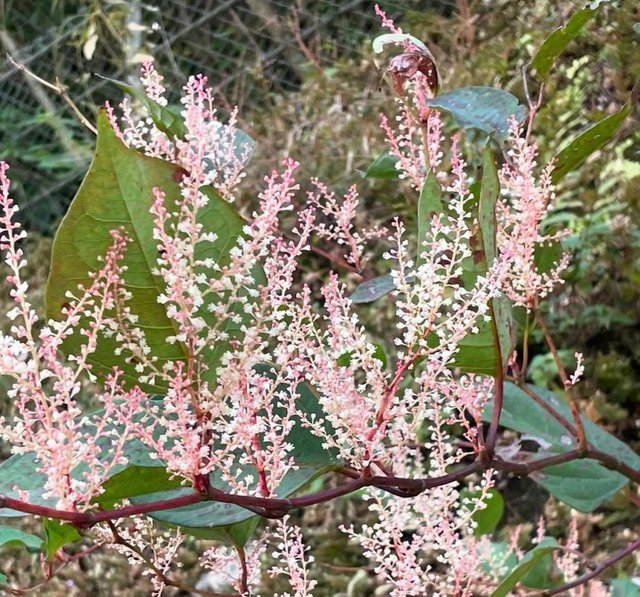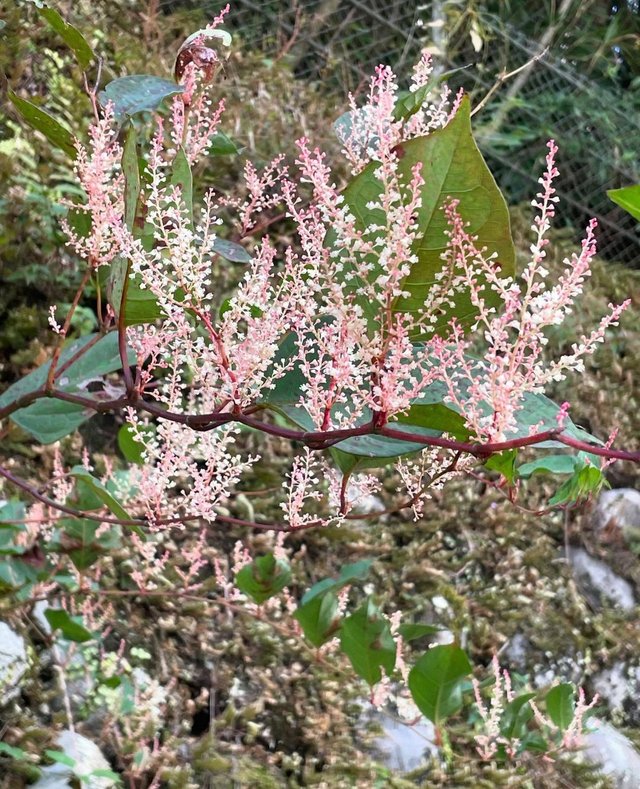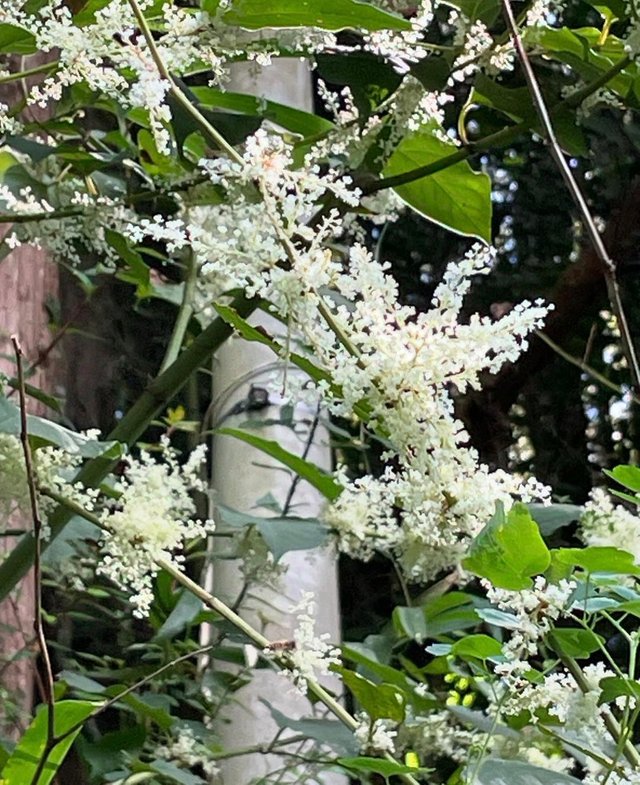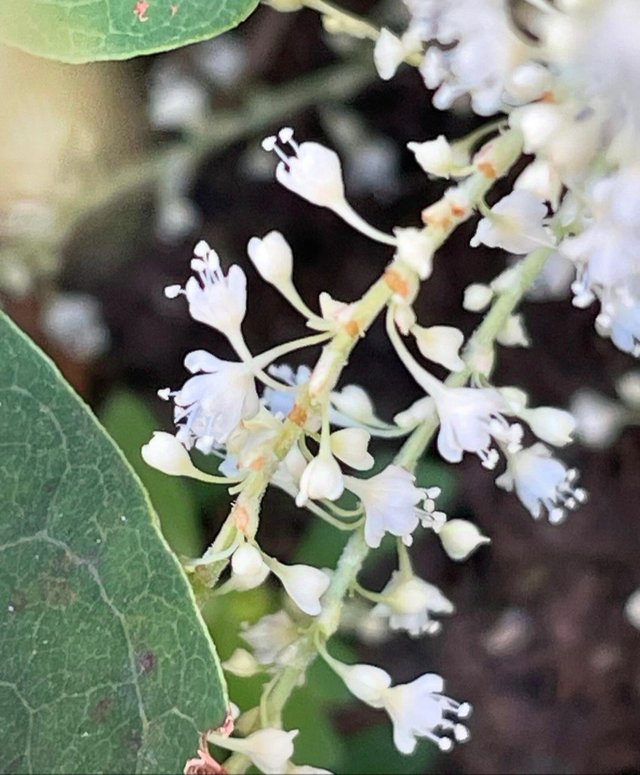Knotweed Flower: A Beautiful and Resilient Plant




Knotweed, often associated with Japanese knotweed is a hardy and fast-growing perennial plant known for its unique, delicate white or pale pink flowers that bloom in late summer to early autumn. Though it's considered invasive in many regions, especially across North America and Europe, the knotweed flower itself has a striking charm and adds a natural beauty to any setting.The flowers of knotweed grow in delicate clusters along the plant’s arching stems, resembling sprays of tiny, bell-like blooms. Typically white or soft pink, the flowers attract bees, butterflies, and other pollinators, making them a surprising source of beauty and ecological value in late summer when many other blooms have faded.
While knotweed is often seen as a nuisance, it has its benefits. Japanese knotweed contains resveratrol, a compound with antioxidant and anti-inflammatory properties. Traditionally used in East Asian medicine, it’s been utilized for a variety of health purposes, including support for heart health and immune function. Its young shoots are also edible and are sometimes compared to rhubarb in flavor, often used in pies, jams, and sauces.Though the knotweed flower is beautiful, it’s essential to approach this plant with caution. Knotweed is highly invasive, spreading rapidly through underground rhizomes that are difficult to control once established. In many places, the plant is regulated due to its potential to disrupt ecosystems, damage infrastructure, and outcompete native vegetation.
The knotweed flower is a testament to nature's beauty and resilience. While it may be invasive and challenging to manage, it remains a striking plant with both ecological and medicinal importance. Understanding its benefits and impact helps us appreciate its complex role in our environment, even as we work to control its spread.